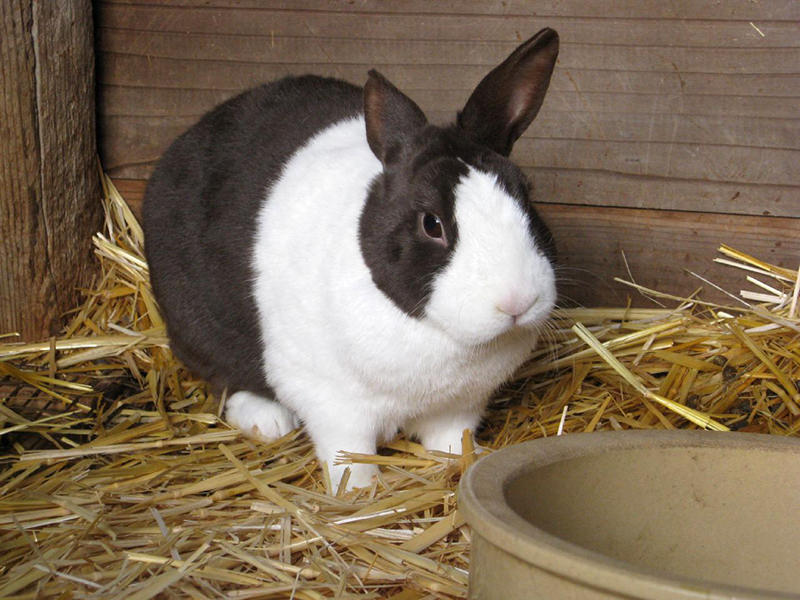
When you’re new to raising livestock, it’s easy to get worried about the safety of getting your children involved with the husbandry. However, with the right animal choice and good training, your children can help care for the animals on your farm or homestead.
Things To Think About
One of the best ways to observe interactions between children and animals is to assign your children animal chores. Start with basic assignments, like filling feed bins and water buckets, and be prepared to work hands-on with young children. Below are some tips for selecting appropriate activities. While this advice might seem too basic for seasoned farm families, they’re good guidelines for new animal keepers who are daunted by the task of integrating children and animals.
Your Children’s Ages
One of the first things to take into account when choosing livestock for your children to work with is their age. Very young children need to be watched carefully when around animals because their movements are often awkward, unpredictable and quick. No 3-year-old should be sent off by themselves to tend the pigs, though he or she might be qualified to toss kitchen scraps to the chickens. A 10-year-old, on the other hand, will is more self-governed and can tend the animals alone.
Your Children’s Behavior
Most animals don’t take kindly to being laid on, kicked or whacked on the head with sticks, so your children need to be able to respond to instruction and discipline. If you don’t teach your kiddos on how to properly behave around farm animals, the animals will do it for you—likely with painful results.
The Animals’ Dispositions
Every animal has their own personalities and preferences. Some species are calmer and easier to handle than other, but even within breeds, the differences between individuals can be pronounced. I’ve known turkeys who were pure evil, while others have been mild as lambs.
Choosing Child-Appropriate Animals
Animals are living creatures and therefore unpredictable; however, some reasonable generalizations dictate which livestock might be well-suited to children and which are best left to teenagers and adults. Heifers, for example, are docile but so large that I would leave these to my older children to raise. Any male animal is going to need a firm hand, too, regardless of type. Bucks, bulls, boars, rams and even roosters are not safe for young children who have neither the presence nor the strength to contend with a male animal protecting his family. Full-sized goats and sheep, even the seemingly docile mamas, can butt viciously, especially if offspring are present.
Here are a few suggestions for kid-friendly livestock to consider having your children work with until they get their feet wet.
1. Worms

Worms used in vermicompost bins are absolutely the most sedate animal on your farm. Worms are ooey-gooey, wiggly and very cool—a great project for any kid!
2. Quail

While chickens and ducks are great for children, quail are well-suited for pre-teens as a dual-purpose bird. “Quail aren’t as friendly and cuddly as a chicken or duck and are best suited for older children,” says Jessica Lane of The 104 Homestead. “They startle easily, so it’s important to remind your children to move slowly when working with them. Although the opportunity to handle them is minimal, kids can hand feed them and watch them hop around and act silly.” Your business-savvy children could even turn their hobby into a side business, as both the meat and eggs are highly marketable.
3. Rabbits

Despite their tendency to kick when agitated, rabbits’ needs are simple and straightforward, and they can be delightful animals for children to raise for manure, for meat or as pets. You just need to have a few things in place before you invite rabbits to your farm.
“One, your child needs to be mature enough to understand that rabbits need food and water on a regular basis, and that they need a clean cage at all times,” says Heather of the The Homesteading Hippie. “Rabbits are usually friendly, but can be rather skittish with unsure hands holding them. We had to work with ours to get them to trust us so that we could trim nails and fur as well as inspect ears, hocks and such. My youngest was 4 when we started raising rabbits, and we had smaller breeds at first, like the Dwarf and Lionhead. When [the children] got older and were more confident, we were able to move into larger breeds, like our French Angoras. I would say that a young child who has a hard time sitting still or being quiet (and let’s face it, that is a lot of young kids!) may have a harder time with rabbits. They aren’t “cuddle” machines all the time, especially at first. You have to treat them with respect … to get them to trust you at first.”
4. Alpacas

If you’re looking for some larger livestock to introduce your children to, I’d recommend alpacas. Alpacas have tamer temperaments when compared to animals like goats. Teach your children how to properly approach an alpaca, with their hands behind their backs, slowly and with a calm voice. Alpacas are quite loving when they get used to you and are so soft that your children will be willing to be patient just for the privilege of hugging them. Alpacas are social animals and you’ll need to have at least two or three for them to be happy. Their fleece is highly prized by textile artists, like spinners, because it is such a dream to work with, so you’ll certainly have a market for their coats each year to justify their presence on the farm.
So, which animal did I miss? What farm animal did you have, or wish you had, as a kid? Did you survive the chores? Let me know in the comments below.




